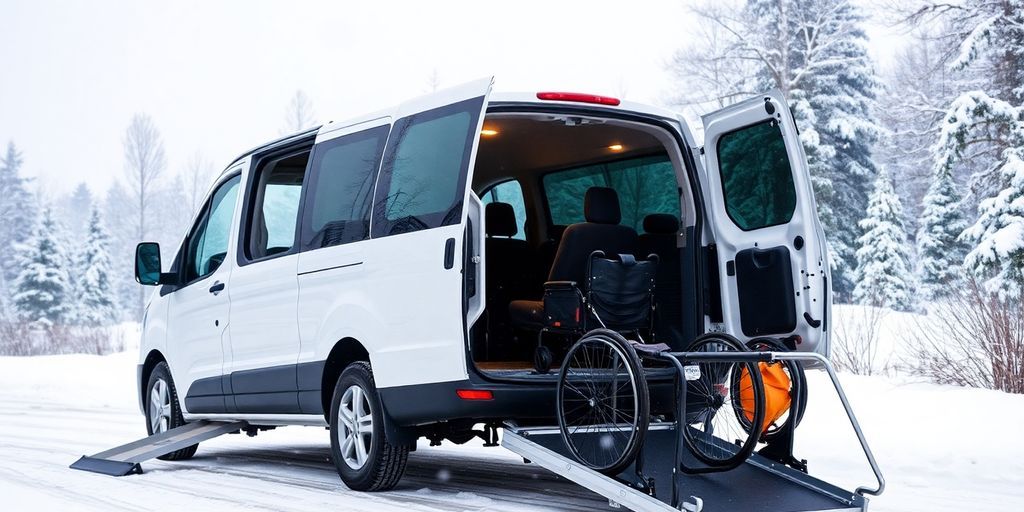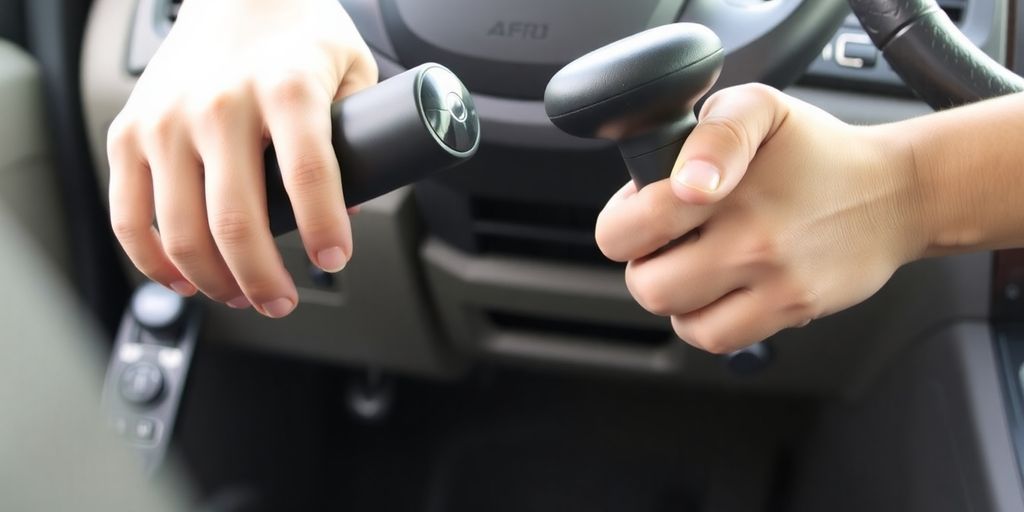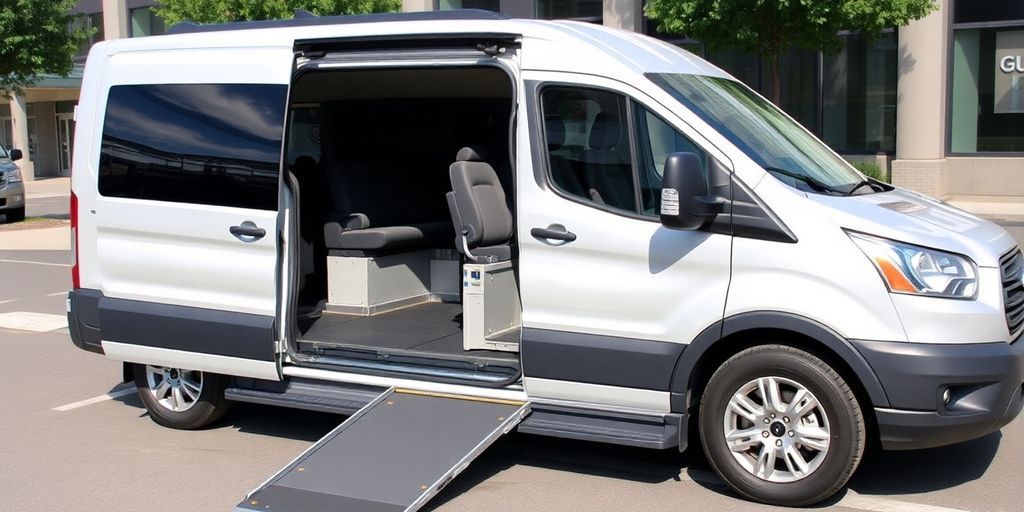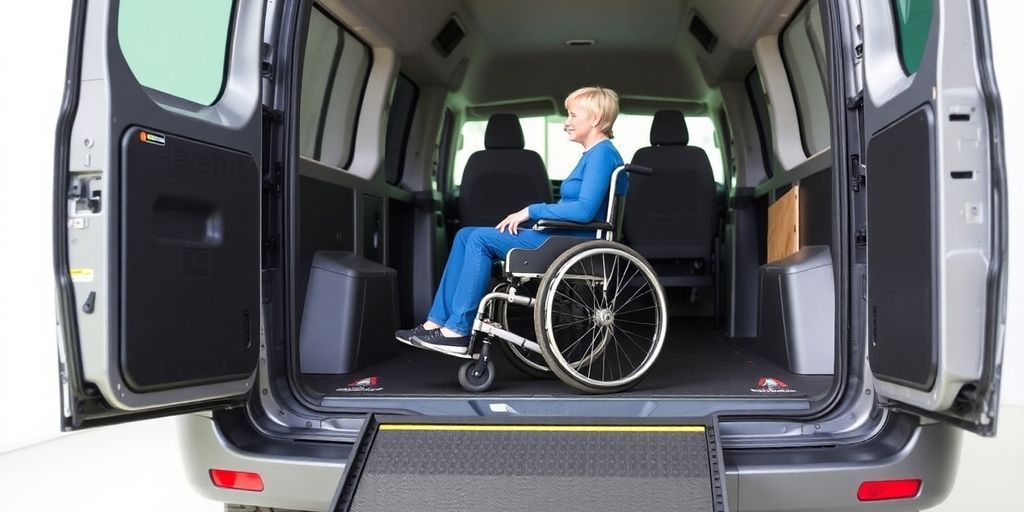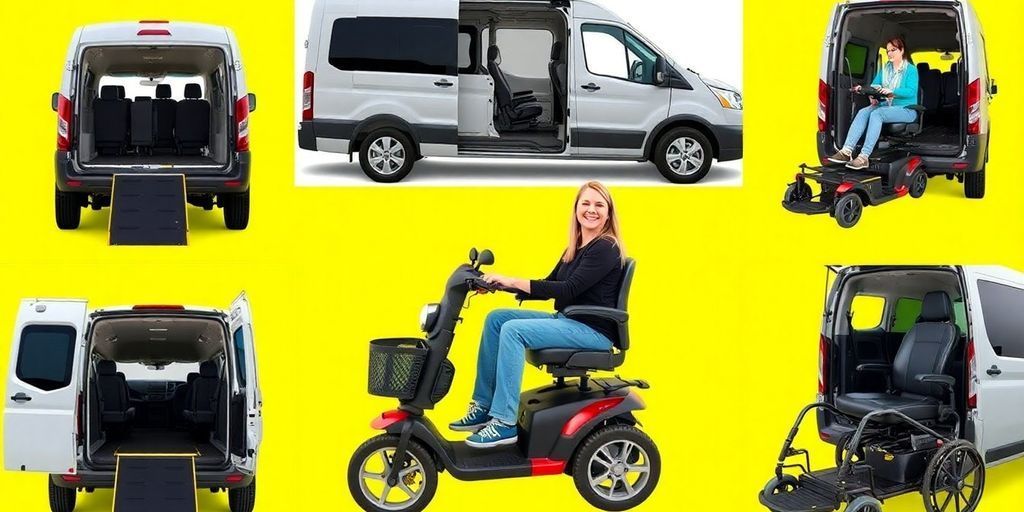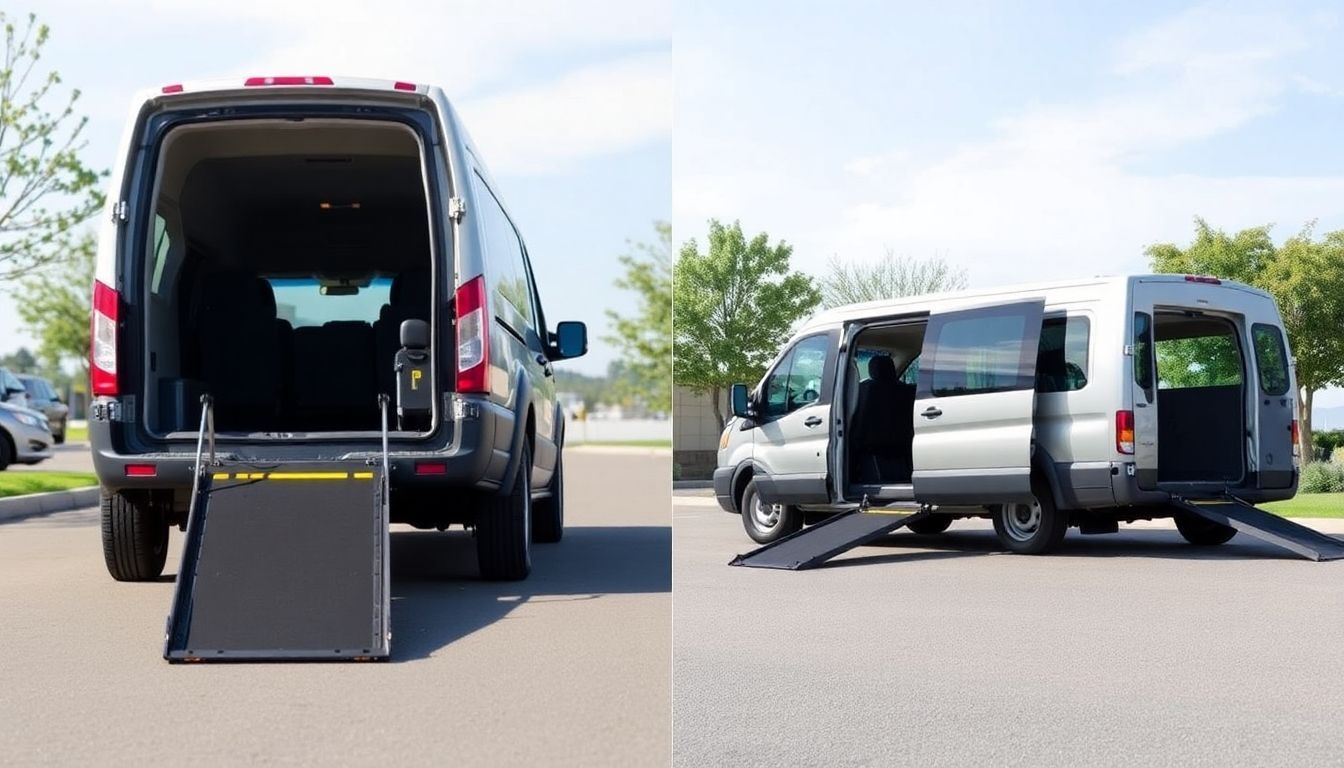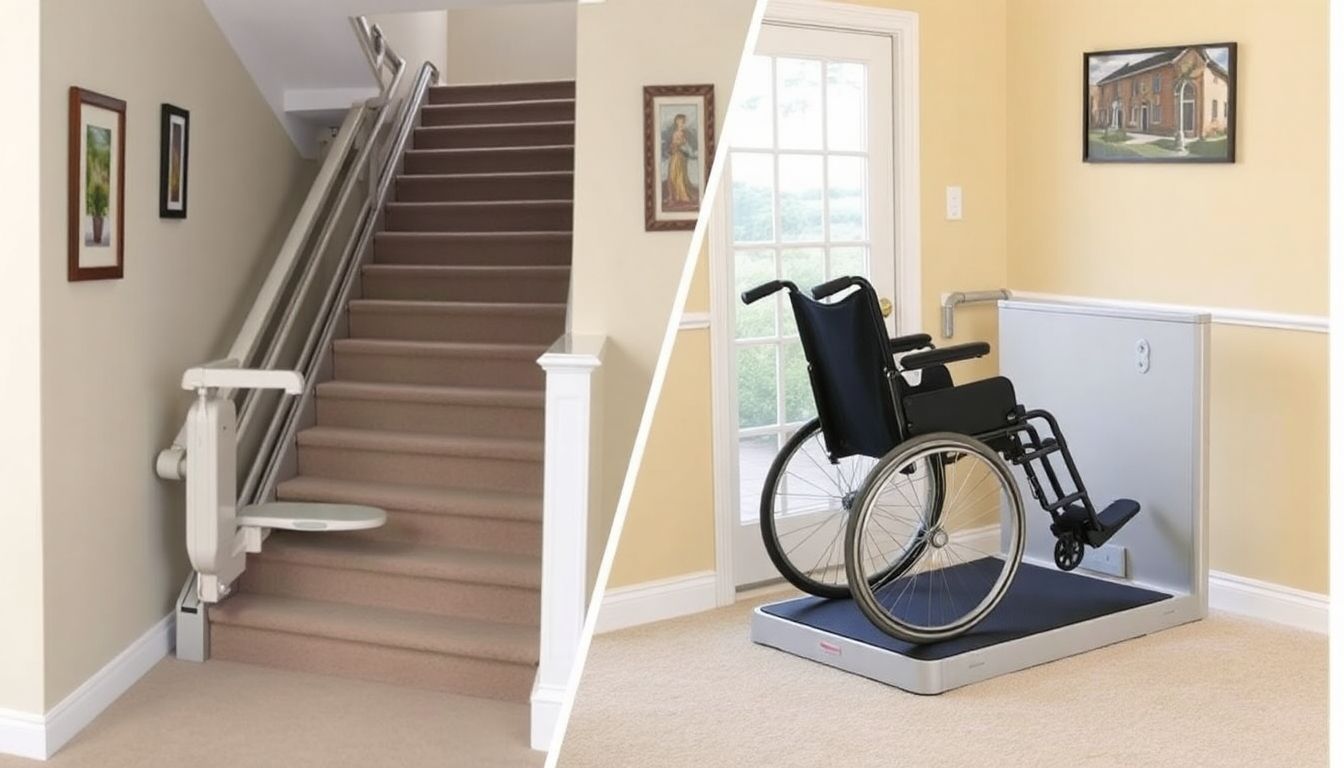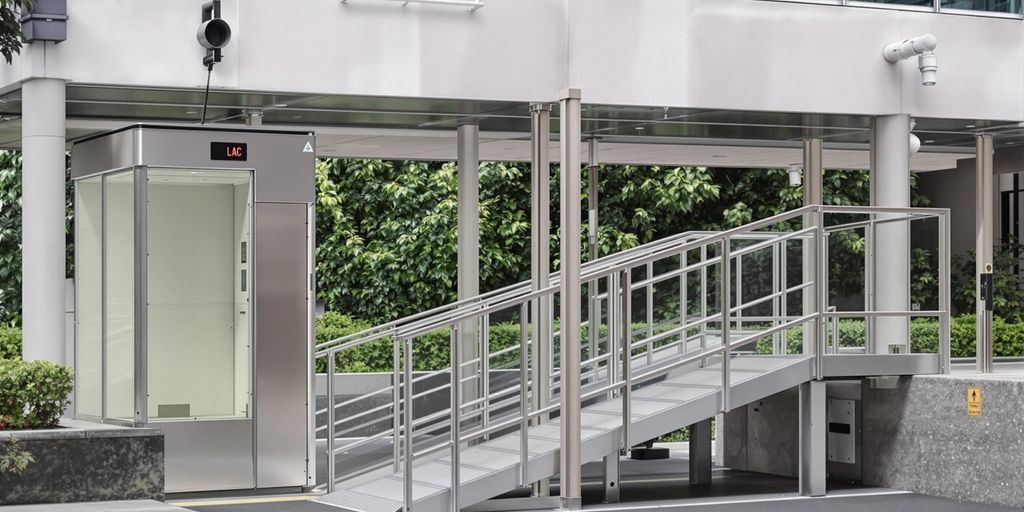Safe Grab Bar Installation: Best Practices for Homes in Ringgold
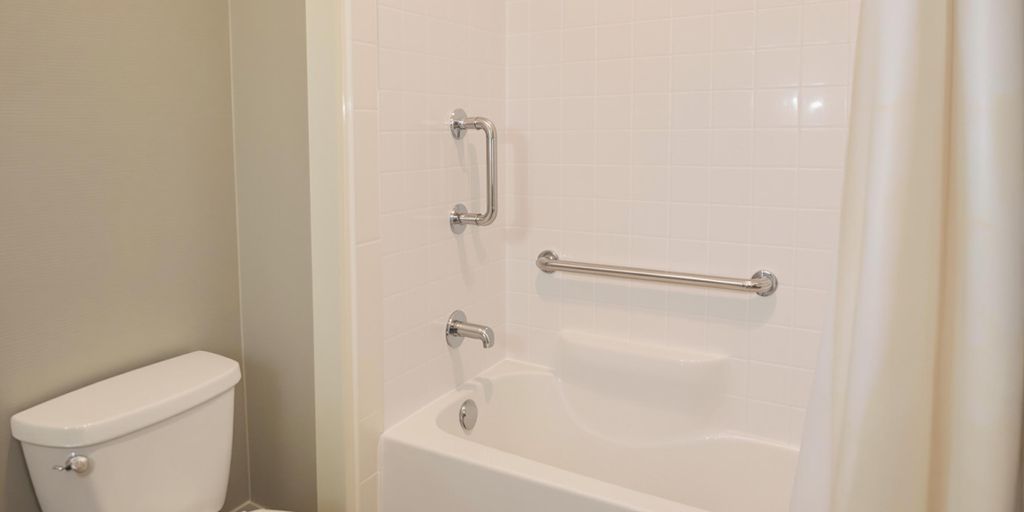
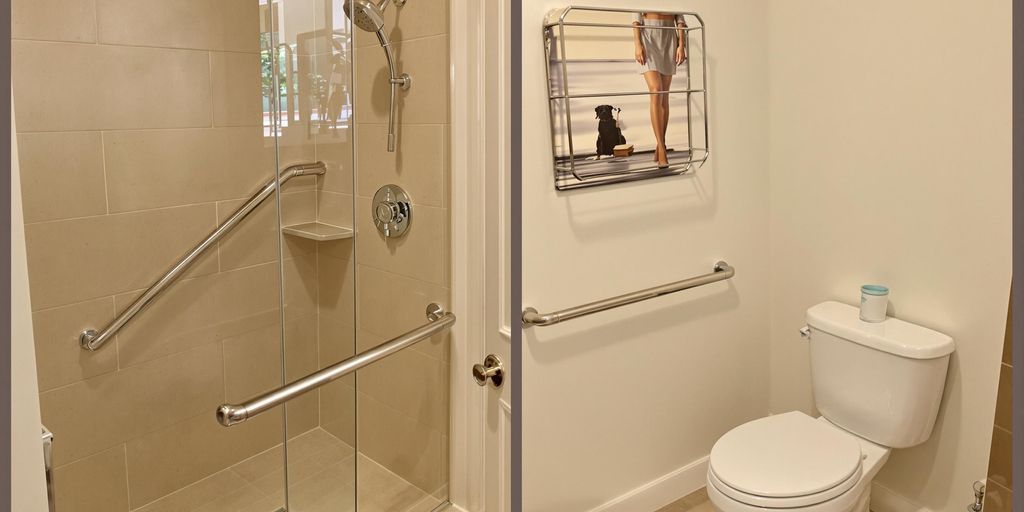
Installing grab bars in your home is one of those things you might not think about—until you really need them. Whether it’s for an elderly family member, someone recovering from surgery, or just to make your space safer, grab bars are a simple addition that can make a big difference. If you’re in Ringgold, this guide will walk you through everything you need to know to install grab bars safely and effectively.
Key Takeaways
- Grab bars provide essential support and reduce the risk of falls, especially in bathrooms.
- Different types of grab bars are available to suit various needs and spaces.
- Proper installation, including securing bars to studs, is critical for safety.
- Regular maintenance ensures grab bars remain stable and functional over time.
- Hiring a professional installer can save time and ensure the job is done right.
Understanding Grab Bar Installation Safety in Ringgold
Why Grab Bars Are Essential for Home Safety
Grab bars are a simple yet effective way to make your home safer, especially for individuals with mobility challenges. They provide the stability needed to prevent slips and falls, particularly in areas like bathrooms and stairways. Here’s why they’re so important:
- Support for balance: Essential for anyone who needs extra help standing or moving.
- Assistance with sitting and standing, especially near toilets or bathtubs.
- Reducing the risk of injuries from falls, which are common in homes without proper safety measures.
Adding grab bars isn’t just about safety—it’s about giving people the confidence to move around their home independently.
Common Types of Grab Bars and Their Uses
Not all grab bars are created equal; different designs cater to different needs. Here are the most common types and what they’re best for:
- Straight Grab Bars: The standard option, ideal for general use in hallways or near toilets.
- L-Shaped Grab Bars: Perfect for corners or areas where multi-directional support is needed.
- Flip-Up Grab Bars: Great for saving space in tight areas like small bathrooms.
Choosing the right type depends on the user’s mobility needs and the layout of the home.
How Grab Bars Enhance Accessibility in Homes
Grab bars do more than just prevent falls—they make your home more accessible for everyone. From elderly residents to those using mobility devices, these bars are a game-changer. Here’s how they help:
- They make it easier to navigate slippery floors or steep steps.
- Provide a reliable handhold for individuals using walkers or wheelchairs.
- Increase overall confidence, allowing people to maintain their independence longer.
Installing grab bars is a proactive step toward creating a safer, more inclusive living environment for your loved ones.
Choosing the Right Grab Bars for Your Ringgold Home
Factors to Consider When Selecting Grab Bars
When picking grab bars for your home, it’s not just about grabbing the first one you see. Think about who will use them and where they’ll go. Start by considering the primary users—are they elderly, recovering from an injury, or living with a disability? This will help you determine the size, type, and placement of the bars.
Here are some things to keep in mind:
- Location: Bathrooms, stairways, or hallways? Each area may need a different type of bar.
- Grip Texture: Smooth bars might look nice but can be slippery when wet. Opt for textured or knurled finishes for better grip.
- Ease of Installation: Some bars require drilling into studs, while others can be mounted with strong adhesives. If you’re not handy, professional help might be worth it.
Material and Design Options for Grab Bars
Grab bars come in a variety of materials and designs, so you don’t have to compromise safety for style. Stainless steel bars are the go-to choice—they’re durable, rust-resistant, and easy to clean. For a more stylish option, consider bars with a brushed nickel or matte black finish to match your bathroom decor. Plastic bars are lightweight and budget-friendly but might not hold up as well over time.
Beyond material, think about:
- Shape: Straight bars are versatile, but curved or L-shaped ones can fit specific spaces better.
- Aesthetic Appeal: Some grab bars double as towel racks, blending functionality with design.
- Anti-Microbial Coating: Especially useful in humid spaces like bathrooms.
Weight Capacity and Durability Considerations
Not all grab bars are created equal when it comes to strength. Check the weight rating before buying—most standard bars can support up to 250 pounds, but heavy-duty options can handle more. If multiple people will use the bar, go for the higher weight limit to be safe.
For durability:
- Look for bars made from high-grade stainless steel or reinforced materials.
- Ensure proper installation into wall studs for maximum stability.
- Avoid bars with visible seams, as they can weaken over time.
When choosing grab bars, balancing functionality, durability, and style is key to creating a safer and more accessible home. If you’re unsure what’s best for your space, consult with a professional specializing in home modifications for disabled access in Ringgold.
Preparing Your Home for Grab Bar Installation
Assessing the Best Locations for Grab Bars
Before you start, take a good look around your home. Bathrooms, especially near the shower, bathtub, and toilet, are the most common areas for grab bars. However, don’t overlook other tricky spots like stairways or narrow hallways. Think about where extra support might be helpful. A grab bar placed in the right spot can make a world of difference.
- Near toilets: Helps with sitting and standing.
- Inside and outside showers: Prevents slips.
- Along staircases: Adds stability.
Evaluating Wall Structures and Support
Not all walls are created equal, and this matters when you’re installing grab bars. Use a stud finder to locate the wooden beams behind your walls. These studs provide the sturdy support needed to hold the bar securely. If you can’t find a stud, you’ll need heavy-duty wall anchors designed for grab bars. Here’s a quick checklist:
- Identify wall material (drywall, tile, etc.).
- Locate studs or use appropriate wall anchors.
- Inspect for any damage that might need fixing first.
Double-checking your wall's condition can save you a lot of frustration later on.
Gathering Necessary Tools and Materials
Having everything ready before you begin makes the project smoother. Here’s a basic list of what you’ll need:
- Grab bars (obviously!)
- Drill and drill bits
- Wall anchors (if no studs are available)
- Screwdriver
- Level (to keep things straight)
- Measuring tape
Take your time gathering these tools. It’s better to have them on hand than to stop midway because you’re missing something. If it’s your first time, consider reading up on installing grab bars at proper heights for added safety tips.
Step-by-Step Guide to Installing Grab Bars Safely
Marking and Measuring for Accurate Placement
Before you even think about drilling, take the time to mark and measure everything. Precision is key here. Start by identifying the spots where the grab bars will be most useful, like near the toilet or inside the shower. Use a level to ensure your marks are straight, and don’t forget to measure the height so it's comfortable for the person using it. Grab a pencil or some painter’s tape to mark the exact spots where you’ll be drilling. This simple step can save you a lot of hassle later.
Drilling and Securing Grab Bars to Walls
Now comes the hands-on part: drilling. If your wall is tiled, use a masonry bit to avoid cracking it. Locate the wall studs with a stud finder, as these are the most secure places for mounting. Drill pilot holes slightly smaller than your screws to make the process smoother. Once the holes are ready, align the grab bar and screw it in using a power drill or screwdriver. Tighten everything until it’s snug but avoid overdoing it—you don’t want to strip the screws.
Ensuring Proper Weight Support and Stability
After installation, testing is a must. Pull on the grab bar with some force to make sure it’s stable and can handle weight. If it wobbles even slightly, double-check the screws or consider using stronger wall anchors. Regularly inspect the grab bars over time to ensure they stay secure. Remember, a poorly installed grab bar can do more harm than good.
Maintaining and Inspecting Grab Bars for Long-Term Safety
Regular Maintenance Tips for Grab Bars
Keeping your grab bars in good condition isn’t just about appearances—it’s about safety. Here are a few simple maintenance tips to follow:
- Inspect for Loose Screws: Every month or so, give the grab bars a gentle tug to check for stability. Tighten any loose screws or bolts immediately.
- Clean Regularly: Use a mild soap and water solution to wipe down the grab bars. This helps remove grime and prevents buildup, especially in bathrooms.
- Watch for Rust: If your grab bars are in a damp area, like a shower, keep an eye out for rust or corrosion. Rust not only looks bad but can weaken the bar over time.
Pro Tip: A little bit of regular cleaning and tightening goes a long way in ensuring your grab bars stay reliable.
Signs That Your Grab Bars Need Replacement
Knowing when to replace your grab bars is just as important as maintaining them. Here are some red flags to look out for:
- Visible Rust or Corrosion: If the rust is more than just surface-level, it’s time to consider a replacement.
- Cracks or Breaks: Any cracks in the material can compromise the bar’s ability to support weight.
- Wobbling or Looseness: If the grab bar feels unsteady, even after tightening, it may no longer be safe to use.
Professional Inspection Services in Ringgold
Sometimes, it’s best to call in the pros. A professional inspection can provide peace of mind and catch issues you might miss. Here’s what they typically offer:
- Thorough Installation Checks: Experts can ensure the grab bars are securely mounted and meet safety standards.
- Recommendations for Upgrades: If your current grab bars are outdated or poorly installed, they can suggest better options.
- Safety Compliance Checks: Professionals can verify that your grab bars align with the latest safety regulations.
Bringing in a professional for regular inspections is a smart move, especially if you’re unsure about the condition of your grab bars.
For more tips on maintaining safety tools in your home, consider investing in high-quality safety tools that are built to last.
Finding Professional Grab Bar Installers in Ringgold
Qualities to Look for in a Grab Bar Installer
When hiring someone to install grab bars in your home, you want to make sure they know their stuff. Experience matters, so find someone who has done this kind of work before. Here are a few qualities to keep in mind:
- Licensing and Insurance: Always check if the installer is licensed and insured. This protects you in case something goes wrong.
- Attention to Detail: The installer should ensure the grab bars are secure and positioned correctly.
- Positive Reviews: Look for customer feedback that highlights their professionalism and reliability.
Questions to Ask Before Hiring an Installer
Don’t be shy about asking questions—it’s your home, after all! Here are some things to consider:
- How long have you been installing grab bars?
- Can you provide references from past clients?
- What kind of warranty do you offer on your installations?
These questions can help you gauge their expertise and ensure you’re hiring the right person for the job.
Local Recommendations and Reviews
Finding a reliable installer can be easier if you ask around. Here are some tips to locate the best professionals in Ringgold:
- Ask friends or family if they know someone they trust.
- Check online platforms for reviews and ratings on local installers.
- Visit local hardware stores; they often have recommendations for contractors in the area.
Choosing the right professional for grab bar installation is about more than convenience—it’s about creating a safer home environment.
Customizing Grab Bar Placement for Individual Needs
Adapting Grab Bars for Mobility Devices
When someone uses a wheelchair or walker, grab bar placement needs extra thought. For example, bars should be positioned to avoid blocking the path of these devices while still being easy to reach. Consider placing grab bars at entry points to showers or near toilets at angles that complement the user’s movements. This ensures smoother transitions and better support. Also, if the user needs to transfer from a wheelchair to a seat, a horizontal bar can provide stability during those moments.
Adjusting Height and Orientation for Comfort
Grab bars don’t have a one-size-fits-all height. The ideal placement often depends on the user’s arm length and reach. The ADA recommends mounting grab bars 33 to 36 inches above the floor, but adjustments might be necessary for personal comfort. For example:
- Taller individuals may need bars slightly higher than standard.
- Children or shorter adults might benefit from lower placements.
- Diagonal installations can offer a more natural grip for some users.
Consulting with Accessibility Experts
Sometimes, the best way to ensure grab bars are placed correctly is to bring in a professional. Accessibility specialists or occupational therapists can assess the user’s needs and suggest tailored solutions. They might even recommend additional features, such as textured grips for better hold or bars with integrated shelves for convenience.
Tailoring grab bars to individual needs isn’t just about safety—it’s about making daily life easier and more comfortable for everyone in your home.
When it comes to grab bars, everyone has different needs. It's important to think about where to place them in your home to make sure they work best for you. Whether you need them in the bathroom, kitchen, or hallway, customizing their location can help you feel safer and more comfortable. For more tips and to see how we can help you, visit our website today!
Conclusion
Wrapping up, installing grab bars in your Ringgold home is a simple yet impactful way to improve safety and accessibility. Whether it's for yourself or a loved one, these bars can provide the extra support needed to navigate daily tasks with confidence. Take the time to plan out the best locations, choose the right type, and, if needed, hire a professional to ensure everything is secure. A little effort now can make a big difference in creating a safer, more comfortable living space for years to come.
Frequently Asked Questions
What are grab bars and why are they important?
Grab bars are sturdy bars installed in areas like bathrooms to help people maintain balance and prevent falls. They are especially helpful for individuals with mobility challenges.
Where should grab bars be placed in a home?
Grab bars are commonly installed near toilets, inside showers or tubs, and along stairways to provide extra support where it’s most needed.
Can I install grab bars myself, or should I hire a professional?
While you can install grab bars yourself if you have the right tools and skills, hiring a professional ensures they are securely and safely mounted.
What materials are grab bars typically made of?
Grab bars are often made from durable materials like stainless steel, which is resistant to rust and easy to clean, or plastic for a more lightweight option.
How do I know if my grab bars need replacing?
You should replace grab bars if they become loose, show signs of rust or damage, or no longer provide the support needed.
Are there different styles of grab bars to match home decor?
Yes, grab bars come in various designs, finishes, and colors, allowing you to choose options that blend well with your home’s style.
First Responders & Military Discount + VA Approved
PRODUCTS AND SERVICES
North Georgia Mobility | All Rights Reserved | Powered By Flypaper | Privacy Policy

